
What is the Impact of Real Wood Dining Tables on Home Aesthetics and Buyer Choices
In the realm of home design, the impact of real wood dining tables on aesthetics and buyer choices is profound, as they often serve as the centerpiece of dining areas, blending functionality with natural beauty. According to a recent report from the American Home Furnishings Alliance, over 75% of consumers prioritize quality and craftsmanship in their furniture selections, with real wood dining tables increasingly favored for their durability and timeless appeal. Additionally, a survey conducted by Furniture Today revealed that nearly 60% of homeowners believe that owning a real wood dining table enhances the overall atmosphere of their home, making it feel warmer and more inviting. This raises essential questions about how such tables influence buyer behavior, aesthetics, and even the value of homes in today’s competitive real estate market.
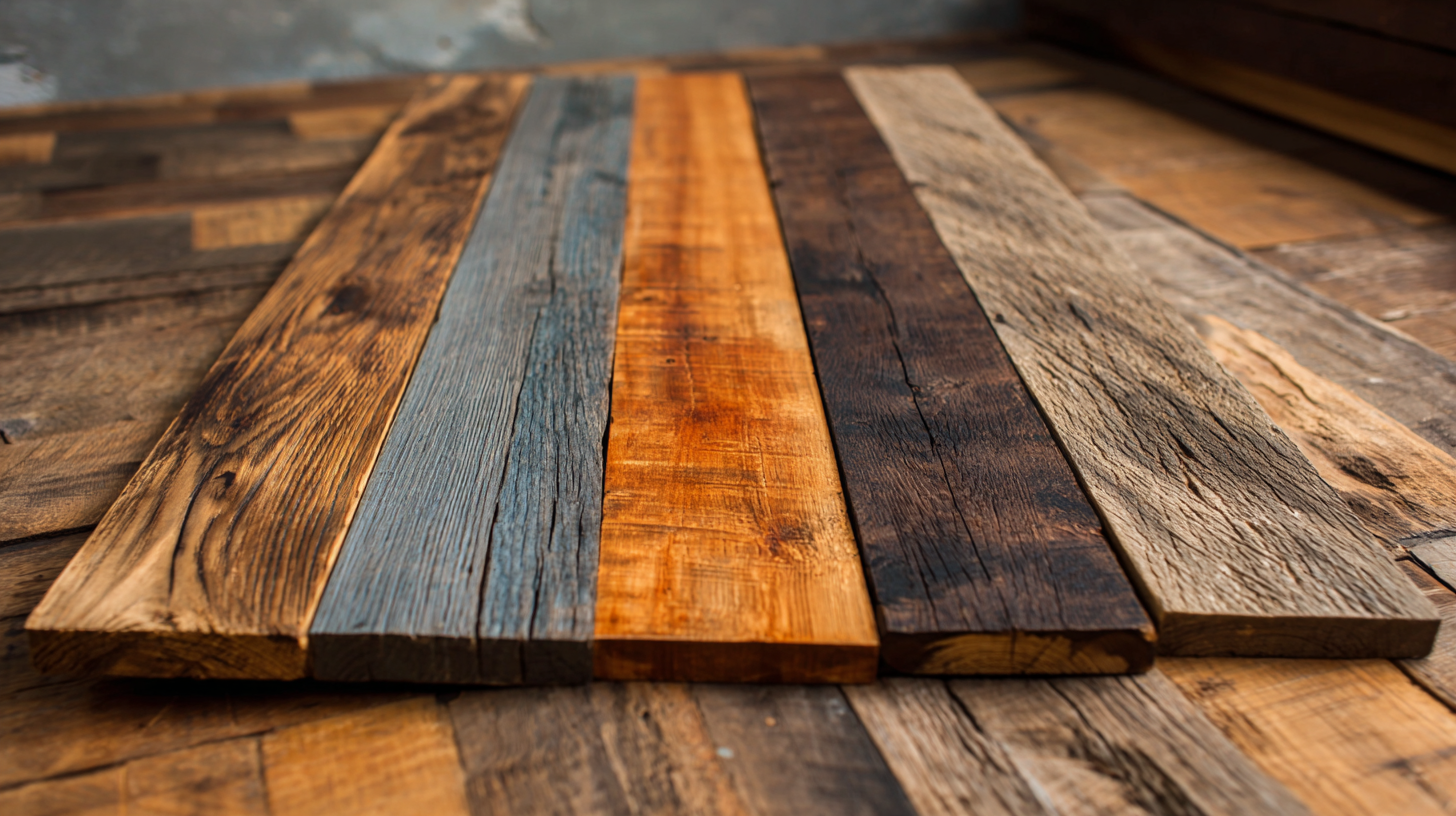
As we explore the multifaceted effects of real wood dining tables, we will provide insights into their design advantages and the psychological impact they have on those who choose to incorporate them into their living spaces.
The Timeless Appeal of Real Wood Dining Tables in Modern Homes
The timeless appeal of real wood dining tables resonates strongly in modern homes, creating a bridge between classic aesthetics and contemporary design. These pieces not only serve as functional furniture but also act as focal points in dining rooms, enhancing the overall ambiance. As families gather around genuine wood surfaces, they experience a sense of connection and warmth that artificial materials often fail to evoke. The rich textures and unique grain patterns of real wood bring depth and character to any space, making each table a distinct centerpiece.
Moreover, the rise of sustainable solid wood furniture trends reflects a growing consumer preference for eco-friendly choices. As homeowners increasingly recognize the importance of durability and sustainability, the allure of real wood becomes even more pronounced. Whether it's a mahogany table undergoing a resurgence in popularity or a beautifully crafted oak piece, these tables are chosen not just for their beauty but also for their longevity. In this age of fast furniture, investing in a timeless wooden dining table symbolizes a commitment to quality and an appreciation for craftsmanship that stands the test of time.
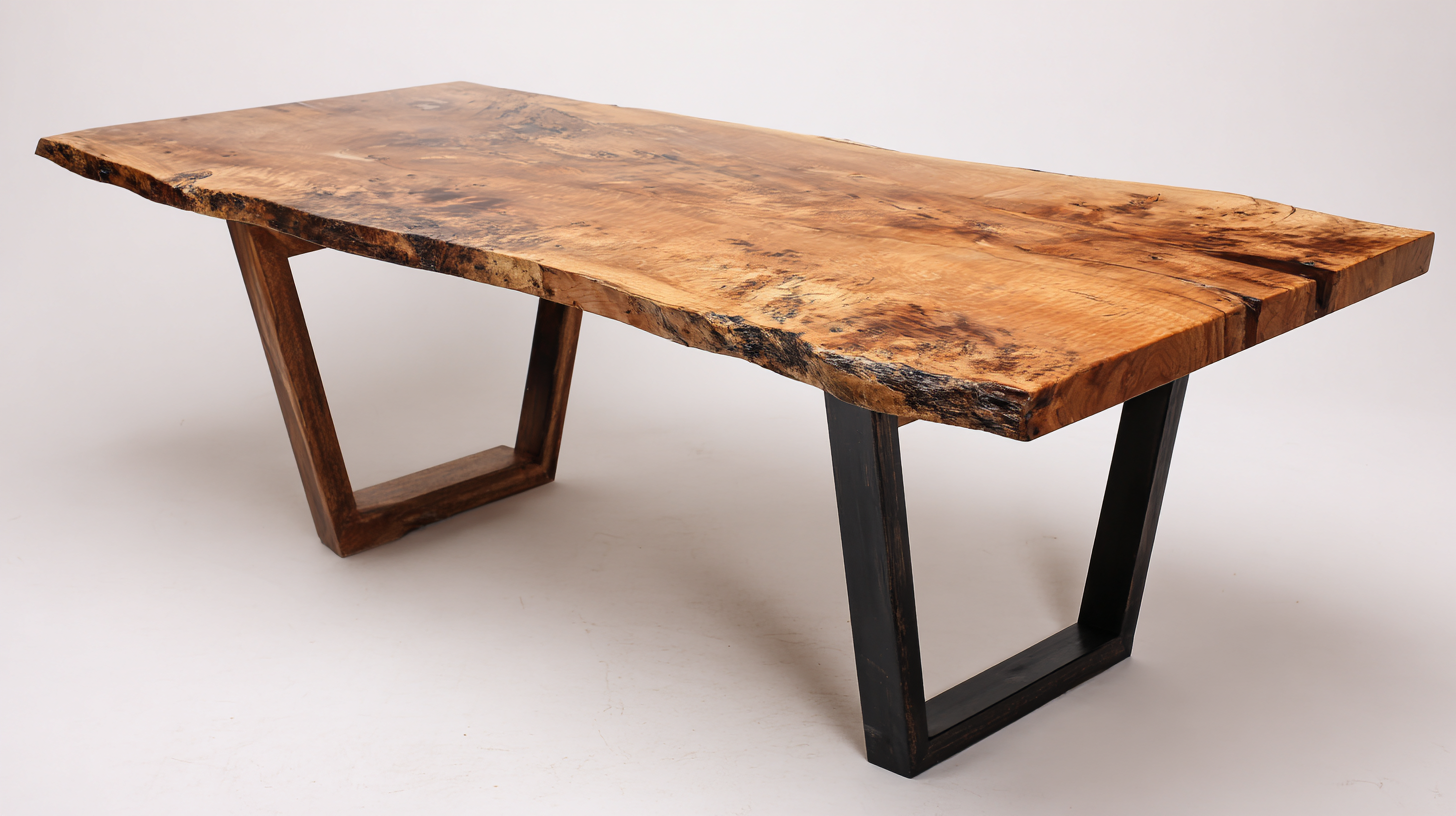
How Real Wood Enhances the Aesthetic Value of Dining Spaces
Real wood dining tables have a unique ability to transform the aesthetic appeal of dining spaces. The inherent warmth and natural textures of wood create an inviting atmosphere, making meals more enjoyable and gatherings more memorable. Each piece of real wood features distinct grains and tones, ensuring that no two tables are alike. This individuality adds character and charm to the dining area, allowing homeowners to curate a space that reflects their personal style.
Moreover, real wood enhances not only the beauty but also the functionality of dining spaces. Its durability and timelessness mean that a well-crafted wooden table can be a central piece for generations. This lasting quality appeals to buyers who seek value and sustainability in their furniture choices. Additionally, the versatility of wood complements various interior design styles—from rustic to modern—making it an easy fit in any home. When buyers choose real wood dining tables, they make a statement about their appreciation for craftsmanship and the natural world, significantly impacting their overall home aesthetics.
What is the Impact of Real Wood Dining Tables on Home Aesthetics and Buyer Choices - How Real Wood Enhances the Aesthetic Value of Dining Spaces
| Dimension | Data |
|---|---|
| Buyer Preference for Material | 75% prefer real wood over other materials |
| Impact on Home Aesthetics | 82% believe real wood enhances overall home aesthetics |
| Value Increase in Home Sales | Homes with real wood dining tables sell for 10% more |
| Durability Preference | 90% of buyers value durability in their table choice |
| Sustainability Concerns | 65% of consumers prefer sustainably sourced wood |
| Style Preferences | Modern rustic style is favored by 58% of buyers |
| Emotional Connection | 72% feel a stronger emotional connection to real wood |
Factors Influencing Buyer Preferences for Real Wood Tables
When it comes to choosing dining tables, buyers are increasingly gravitating towards real wood options due to their aesthetic appeal and durability. According to a report by the American Home Furnishings Alliance, over 60% of consumers consider material quality a top priority when purchasing furniture. This preference for real wood is driven by its unique natural patterns, which add character to a home’s decor. Furthermore, real wood tables have a perceived longevity that resonates with homeowners looking for sustainable investment pieces.
Tip: When selecting a real wood table, consider the type of wood that best complements your home’s style. For example, oak offers a classic look, while walnut provides a modern elegance.
Additional factors influencing buyer preferences include environmental consciousness and the growing trend towards artisanal craftsmanship. A survey by Furniture Today indicates that nearly 45% of consumers are willing to pay a premium for sustainable wood options. As buyers become more informed, they often seek out tables that not only elevate their home aesthetics but also align with eco-friendly values.
Tip: Check for certifications such as FSC (Forest Stewardship Council) to ensure the wood has been sourced sustainably.
Impact of Real Wood Dining Tables on Home Aesthetics and Buyer Choices
This bar chart illustrates the various factors influencing buyer preferences for real wood dining tables. Aesthetic appeal ranks the highest, followed by durability and sustainability, while cost and maintenance have a lesser impact on buyer choices.
Design Compatibility: Matching Wood Tables with Home Décor Styles
When it comes to home décor, the choice of dining table plays a crucial role in defining the overall aesthetic of a space. Real wood dining tables are not only functional but also add a touch of warmth and elegance to various interior styles. Whether you lean towards modern minimalism, rustic charm, or traditional sophistication, there’s a wood table design to complement your vision. For instance, a sleek walnut table can enhance a contemporary setting, while a reclaimed wood piece might perfectly fit a farmhouse-style kitchen.
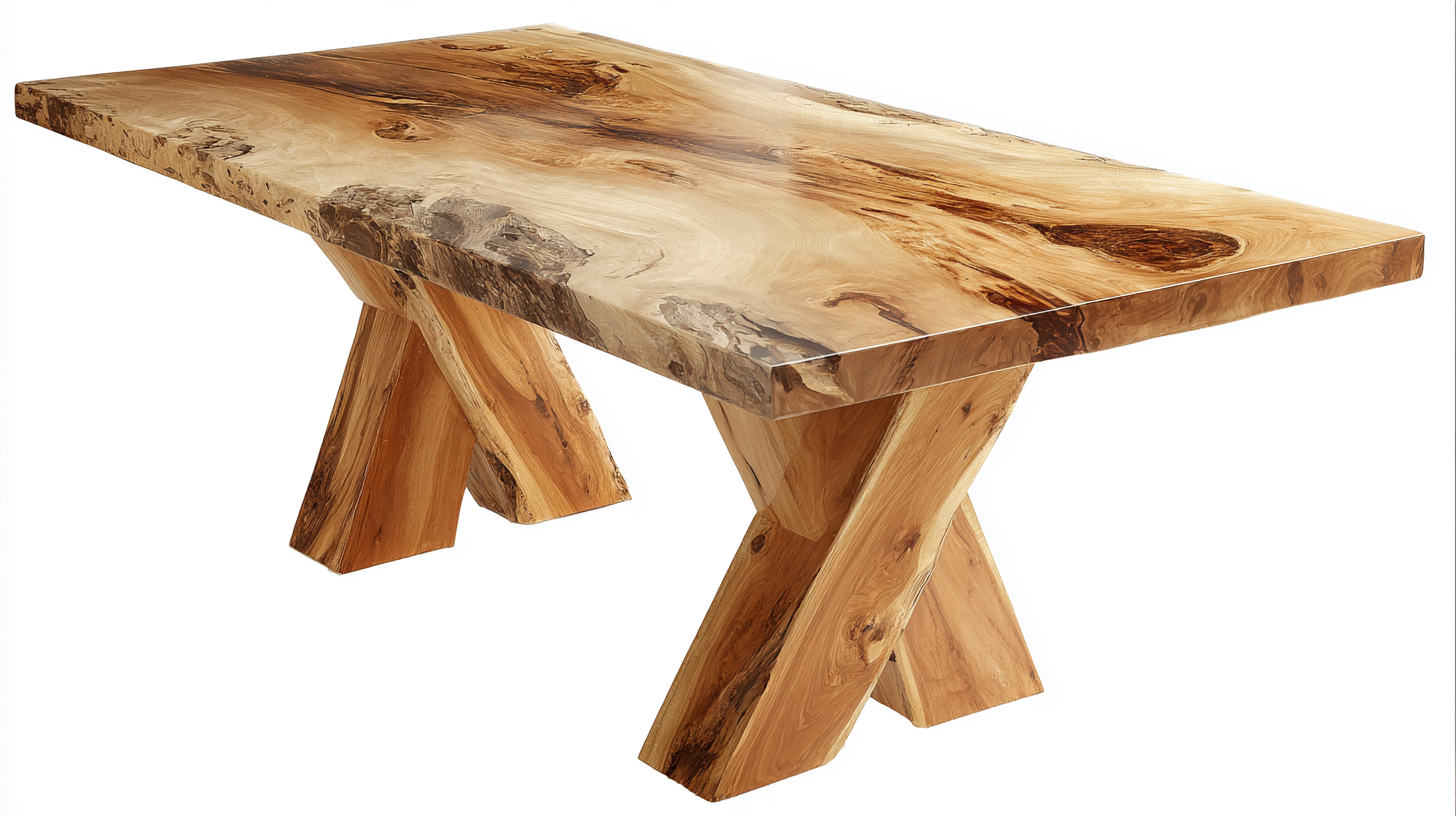
Moreover, the versatility of wood extends beyond its appearance—it can actively influence buyer choices. Homebuyers often seek properties that reflect their personal tastes and lifestyle preferences. A well-crafted wooden dining table can serve as a focal point, drawing attention to the surrounding décor. Pairing a wood table with eclectic chairs or pairing with decorative elements like contrasting table runners can elevate the overall look. By understanding how wood dining tables align with various design themes, homeowners can create inviting atmospheres that resonate with potential buyers, making them more likely to envision themselves in the space.
Maintaining and Caring for Your Real Wood Dining Table for Longevity
Maintaining and caring for your real wood dining table is essential to ensure its longevity and visual appeal. Wood is a natural material that requires attention to prevent damage from spills, stains, and scratches. Regular dusting with a soft, lint-free cloth can help avoid buildup that may dull the finish. It's also important to clean the surface with suitable wood cleaners that preserve the natural grain and luster without causing harm.
Regular treatments with appropriate oils or waxes will nourish the wood, enhancing its durability and ensuring it withstands the rigors of everyday life.
In addition to cleaning routines, one should also consider the placement and usage of the table to maintain its aesthetics. Avoid exposing the wood to direct sunlight for extended periods, as this can lead to fading and warping. Utilizing coasters, placemats, and tablecloths during meals can significantly reduce the risk of scratches and moisture damage. Proper care not only enhances the beauty of your real wood dining table but also supports a sustainable choice in home aesthetics, appealing to buyers who value quality and craftsmanship in their furniture selections.
Related Posts
-
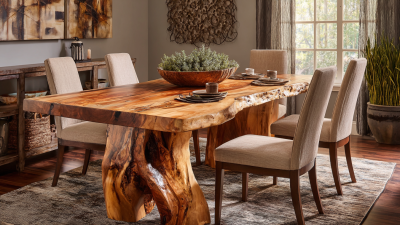
2025 Trends in Best Real Wood Dining Tables You Need to Know About
-
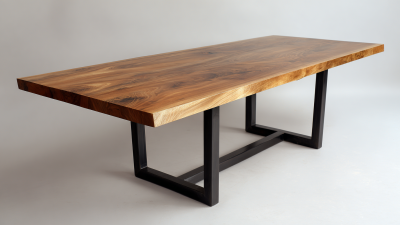
Global Sourcing of Premium Wooden Dining Tables Unmatched Quality from China's Leading Manufacturers
-
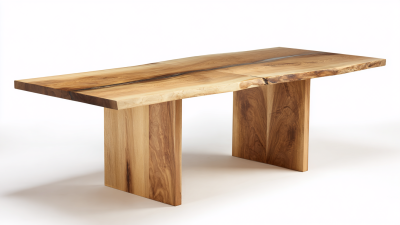
Advantages of Choosing the Best Wooden Dining Tables for Your Home
-
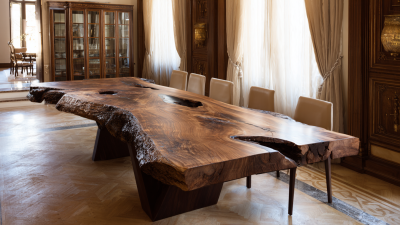
7 Unique Best Wood Dining Room Tables for Timeless Elegance
-
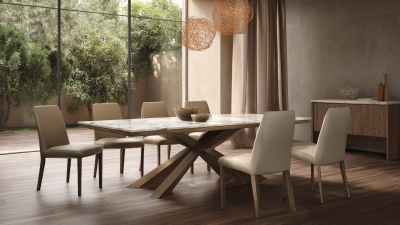
Common Issues When Choosing Best Dining Tables with Chairs for Your Space
-
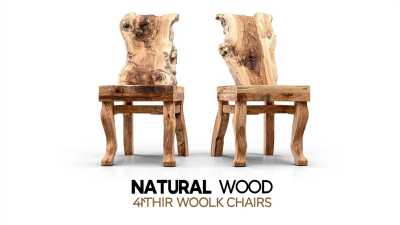
Unmatched After Sales Service and Repair Cost Advantage for Best Natural Wood Dining Chairs in a Sustainable Future